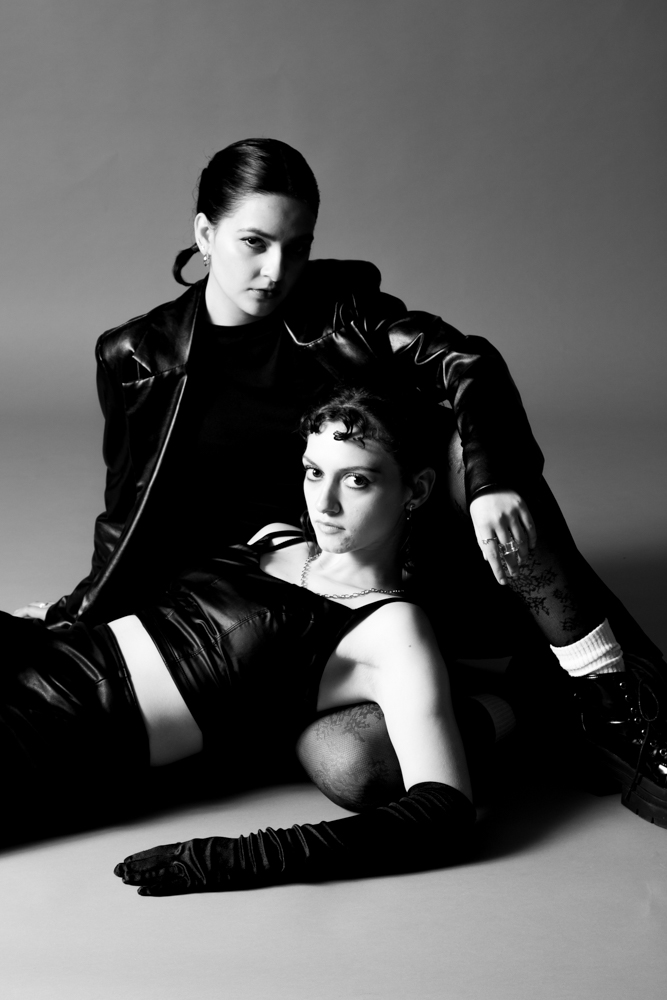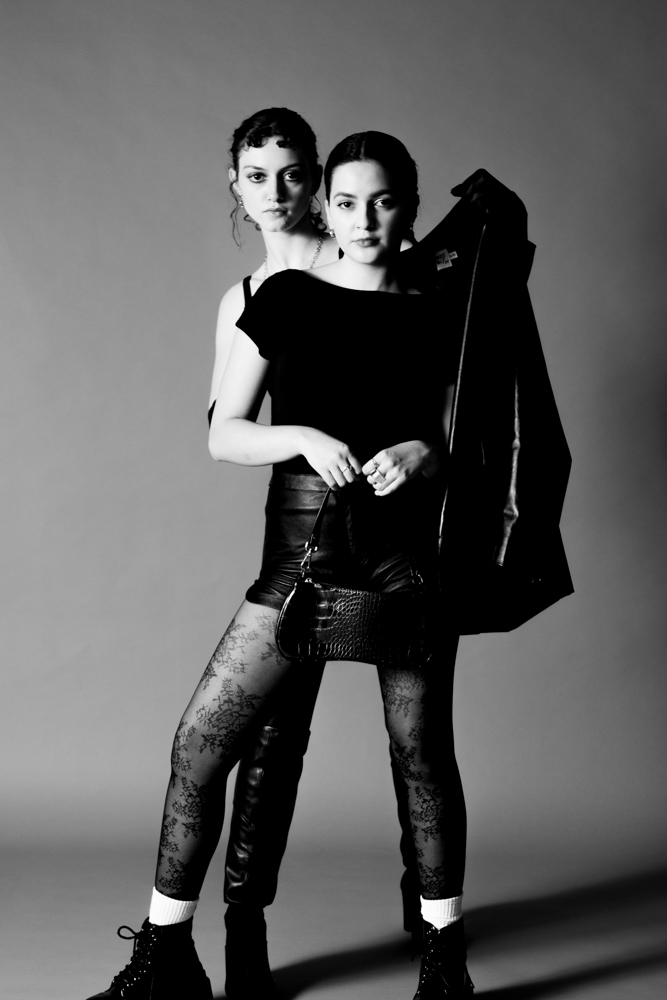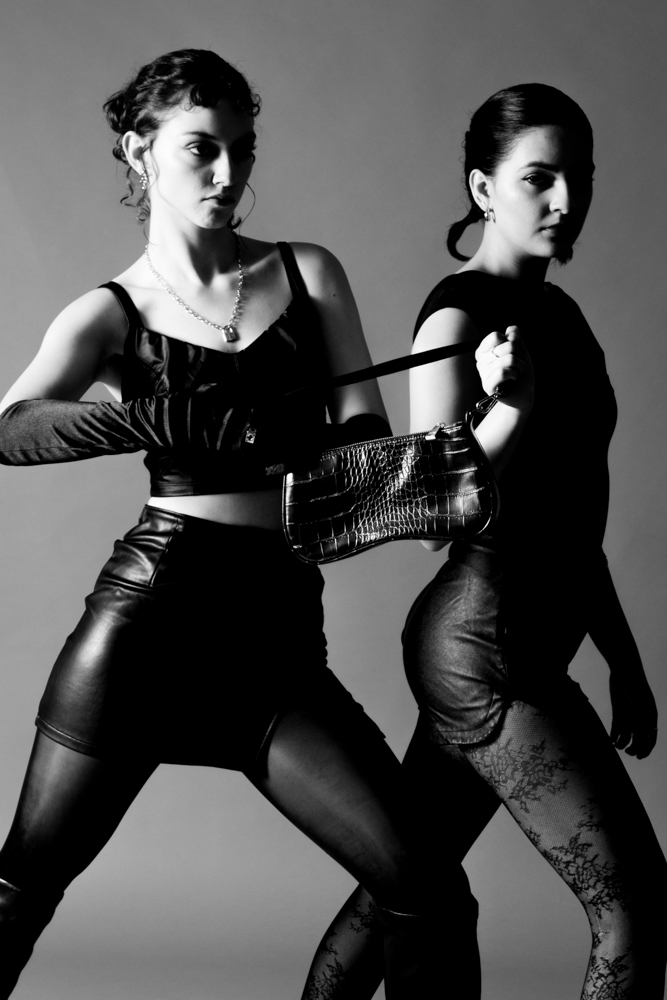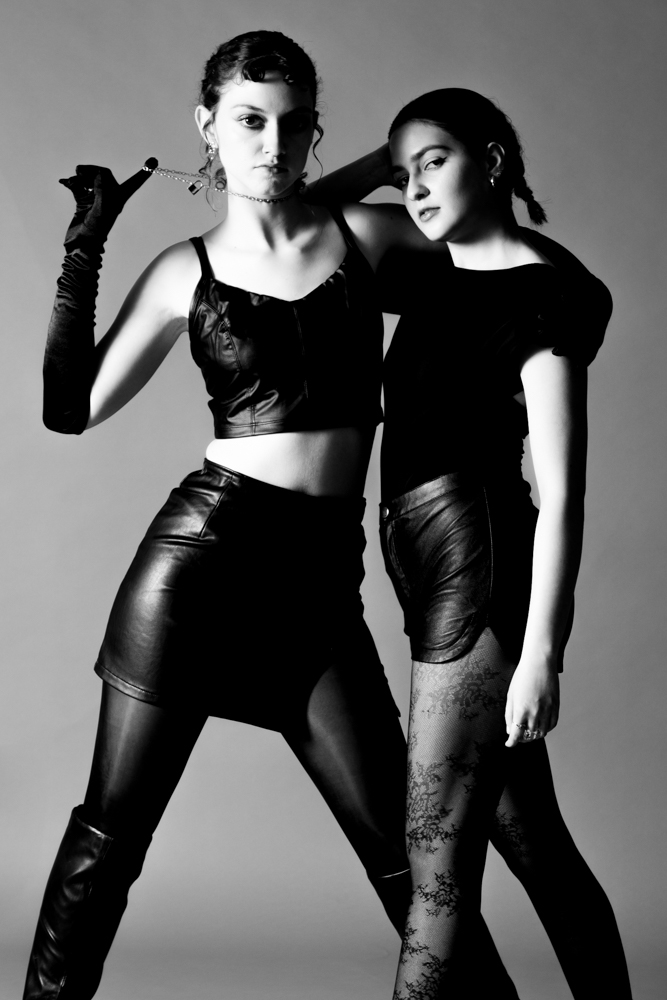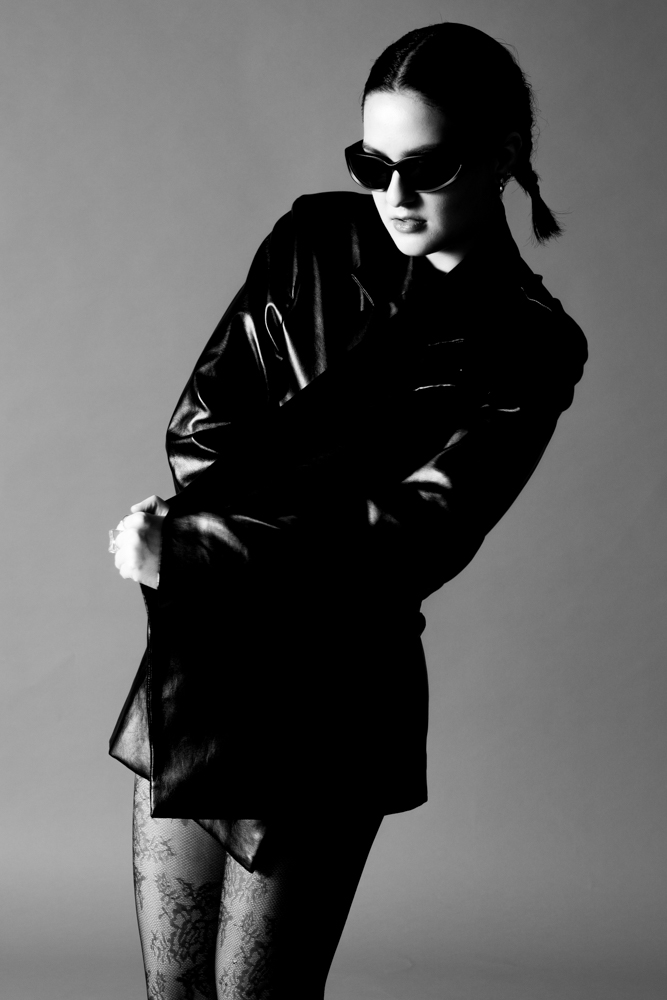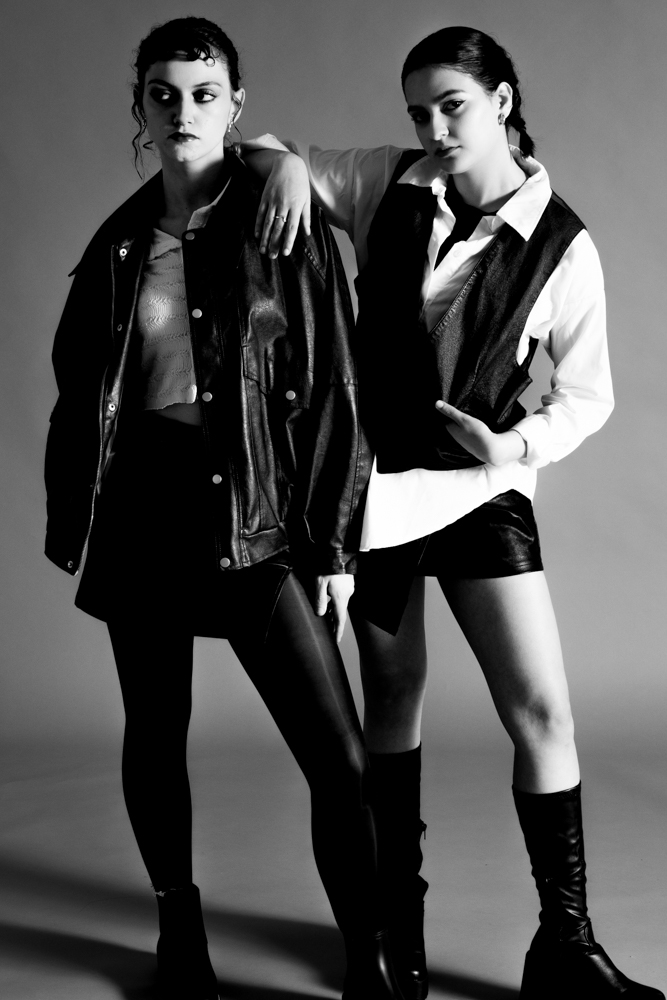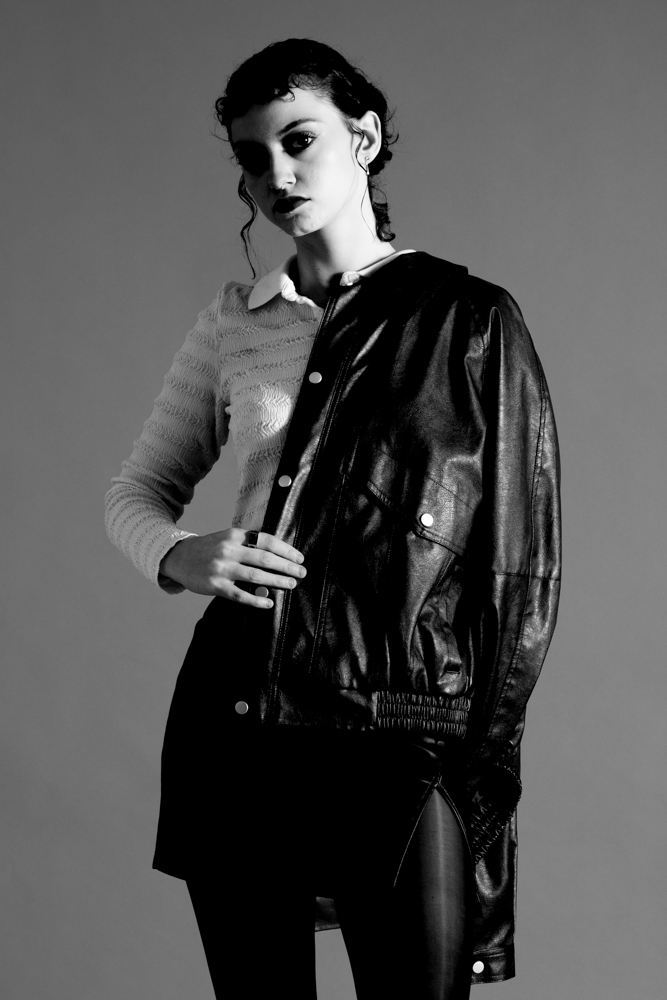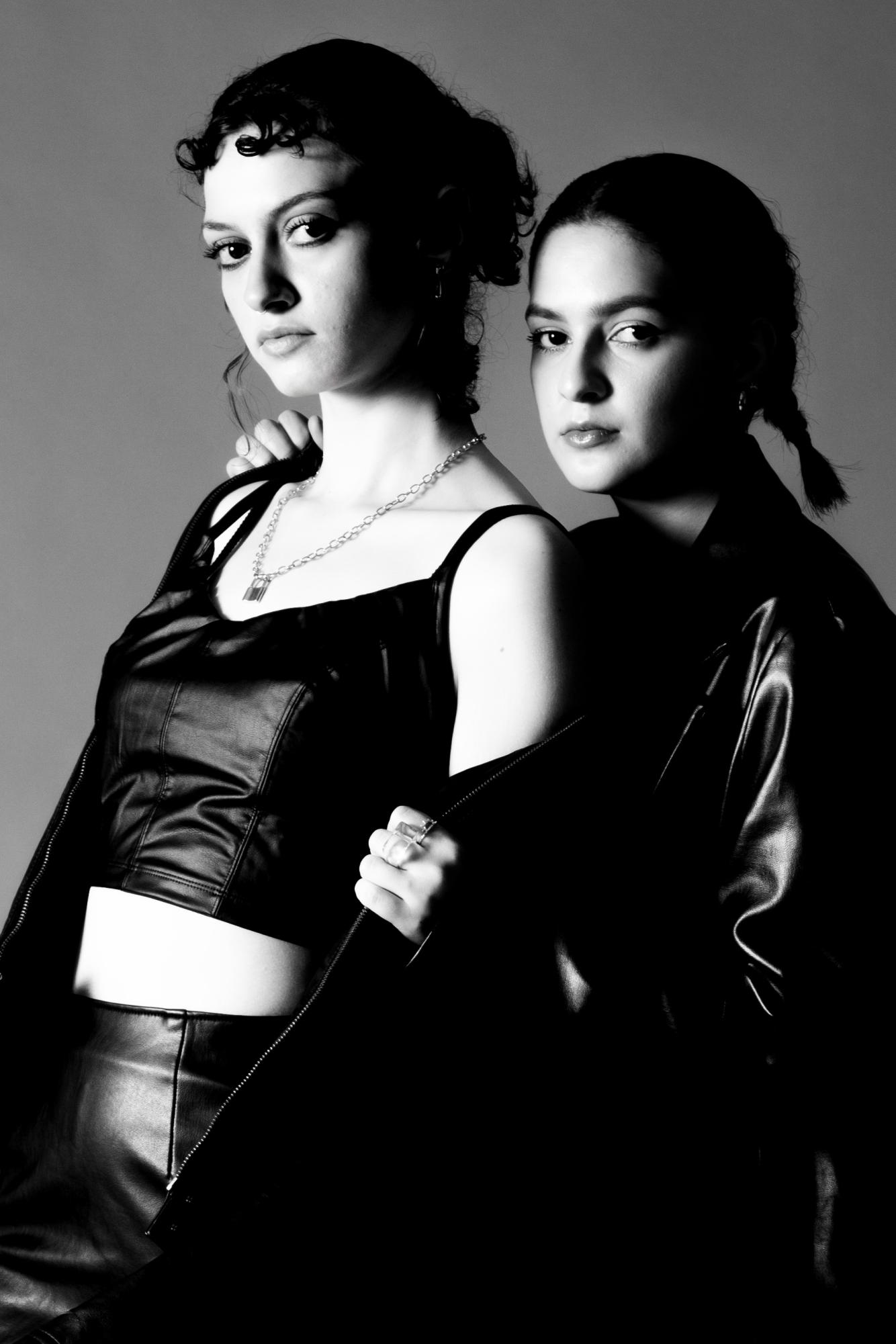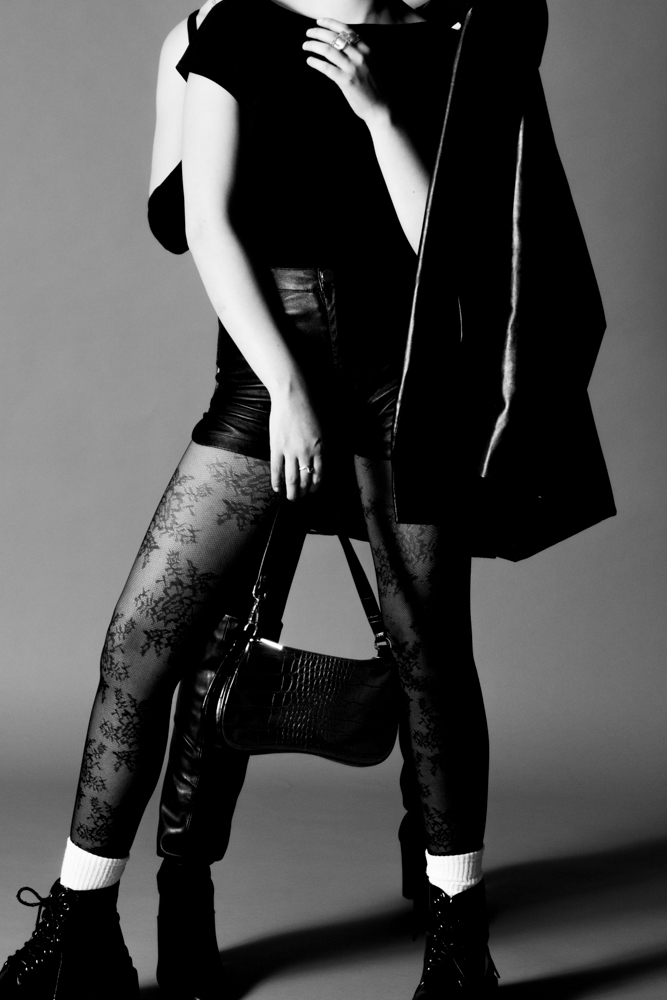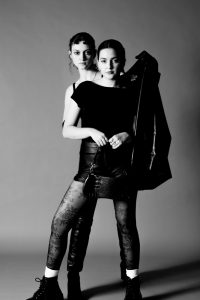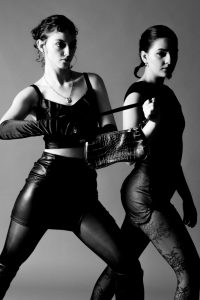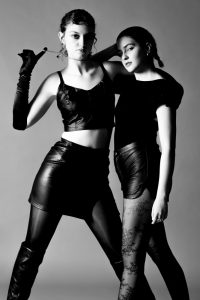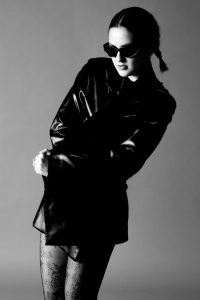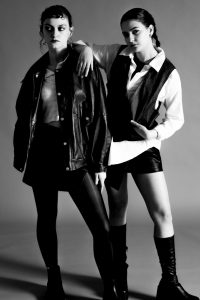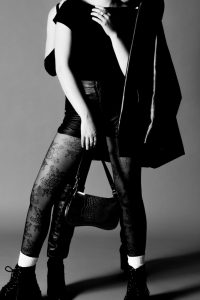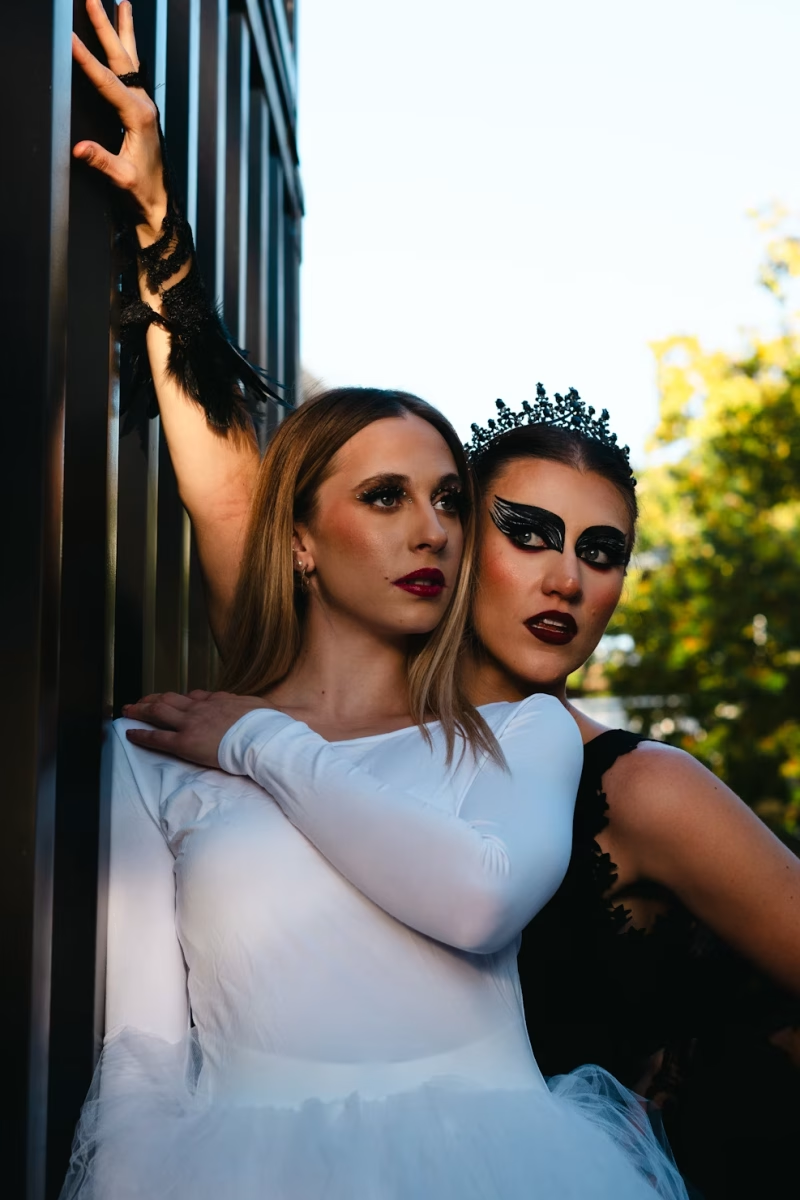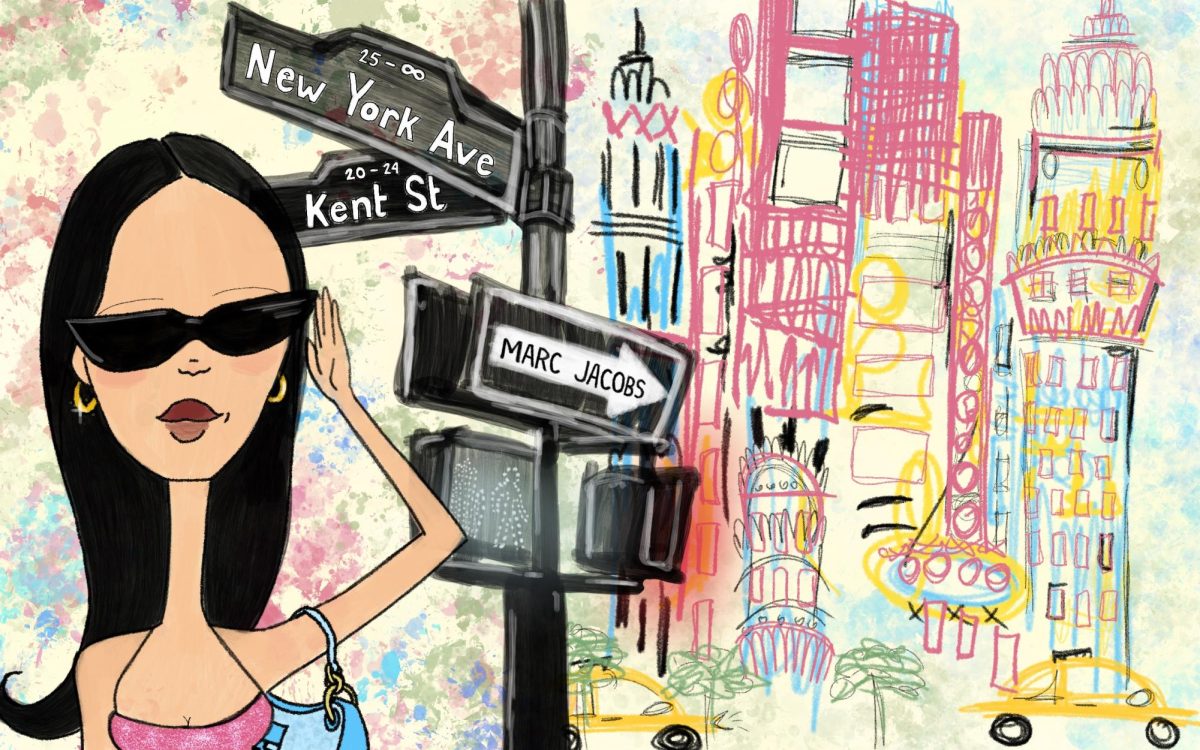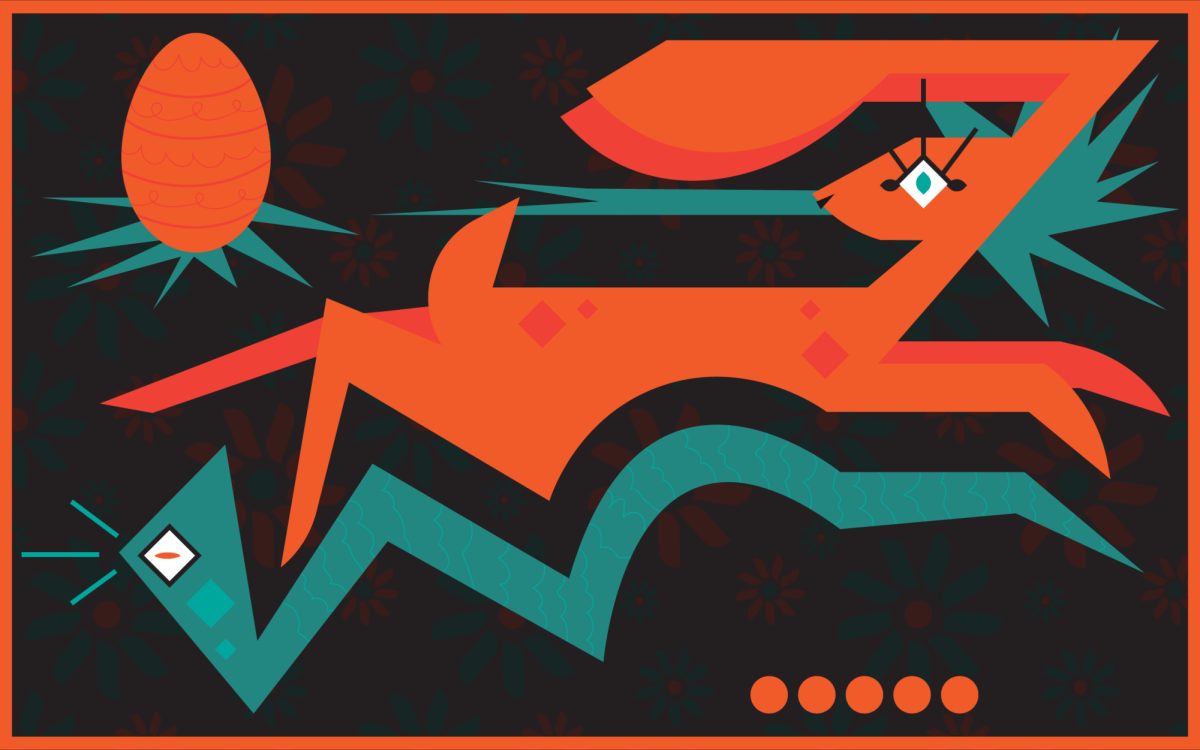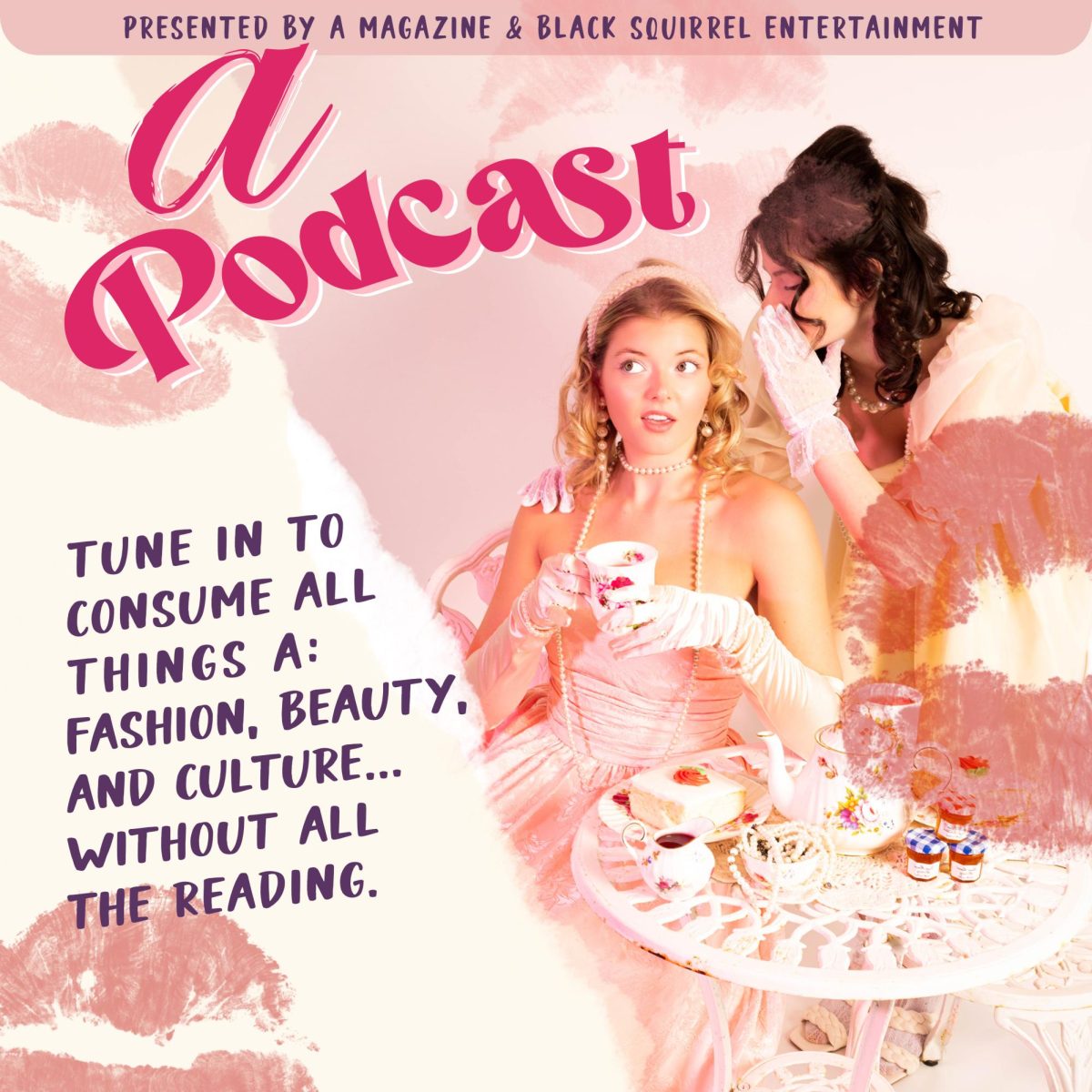The leather industry has been in Florence since the 13th century. The Arte dei Cuoiai, a leather workers guild, was established in 1282 and laid the foundation for Florence’s leather production. Florence has been a hub for leather manufacturing due to its proximity to the Arno River since producing leather requires a large amount of water. While most of the manufacturing of leather has moved outside of the city, there are still many leather markets and workshops throughout the city. At these markets, you can find anything from bags and wallets to leather jackets, belts, bracelets and gloves. Florence is known worldwide for their handmade, artisanal leather products.
As a part of my Italian Fashion and Culture class, we took a trip to Zero Lab. Zero Lab is a hub for “creative recovery to make it a training center and incubator for emerging designers.” They upcycle the remaining stock of leather fabric and scrap leather to create something new. This allows leather that would have otherwise been discarded to be repurposed and have new life. This experience made me think more about the effects of leather on the environment and prompted me to wonder about leather alternatives.
The use of leather in the fashion industry has created many environmental and ethical concerns. Since the leather industry is reliant on cattle farming, it contributes to deforestation and the disruption of ecosystems. Tanning, a chemical process used to make the leather more durable and resist decomposition, creates a large amount of carbon dioxide emissions. According to CIRUMFAUNA, an initiative of Collective Fashion Justice that contextualizes research and data regarding the use of animals in fashion, a cow skin leather jacket emits 176 kg of carbon dioxide. The production of leather requires large amounts of water in both livestock farming and leather tanning. The harsh chemicals and dyes used in tanning leather cause waterways and soil to become polluted, creating unsafe drinking water and harm to aquatic ecosystems.
With a heavy environmental impact and ethical concerns, the fashion industry has been searching for and experimenting with sustainable leather alternatives. Piñatex is a leather alternative that is made from the waste leaves of pineapple, which are usually burned or left to rot. It has been used to create several products including bags, shoes, and clothing and has been used by over 1,000 brands including Hugo Boss and H&M.
Vegatex uses natural plant-based waste from the beverage industry to create sustainable leathers. They have created AppleSkin, LemonSkin and BarleySkin. All of these options are USDA-certified biobased and 100% animal-free. By using waste materials, resources such as water and fossil fuels that are used to produce new materials are not wasted. Mylo is made from mycelium, the root structure of mushrooms, and It is grown in a vertical farming facility and transformed into a material that looks and feels like real animal leather. Mylo has been used by companies such as Adidas and Lulu Lemon.
To promote sustainable practices the Textile Exchange and Leather Working Group have launched a Deforestation-Free Call to Action for Leather. The call to action aims to create a transparent and equitable supply chain, calling for brands to commit to sourcing leather from deforestation-free supply chains by 2030. Some brands that have signed the initiative include Adidas, H&M and American Eagle. Initiatives such as this promote sustainable practices and social responsibility in the fashion industry.
While leather has been a long-standing tradition of craftsmanship in Florence, the ethical and environmental concerns surrounding leather should not go unnoticed. From deforestation, harmful chemicals and water pollution, the leather industry can hurt the environment. Companies should work with suppliers that source leather ethically, or companies can also research alternative leather options that are not as harmful to the environment. By participating in and committing to sustainable practices, the fashion industry can move towards a sustainable future.
Support Student Media
Hi! I’m Kayla Friedman, A Magazine’s editor-in-chief. My staff and I are committed to bringing you the most important and entertaining news from the realms of fashion, beauty and culture. We are full-time students and hard-working journalists. While we get support from the student media fee and earned revenue such as advertising, both of those continue to decline. Your generous gift of any amount will help enhance our student experience as we grow into working professionals. Please go here to donate to A Magazine.

